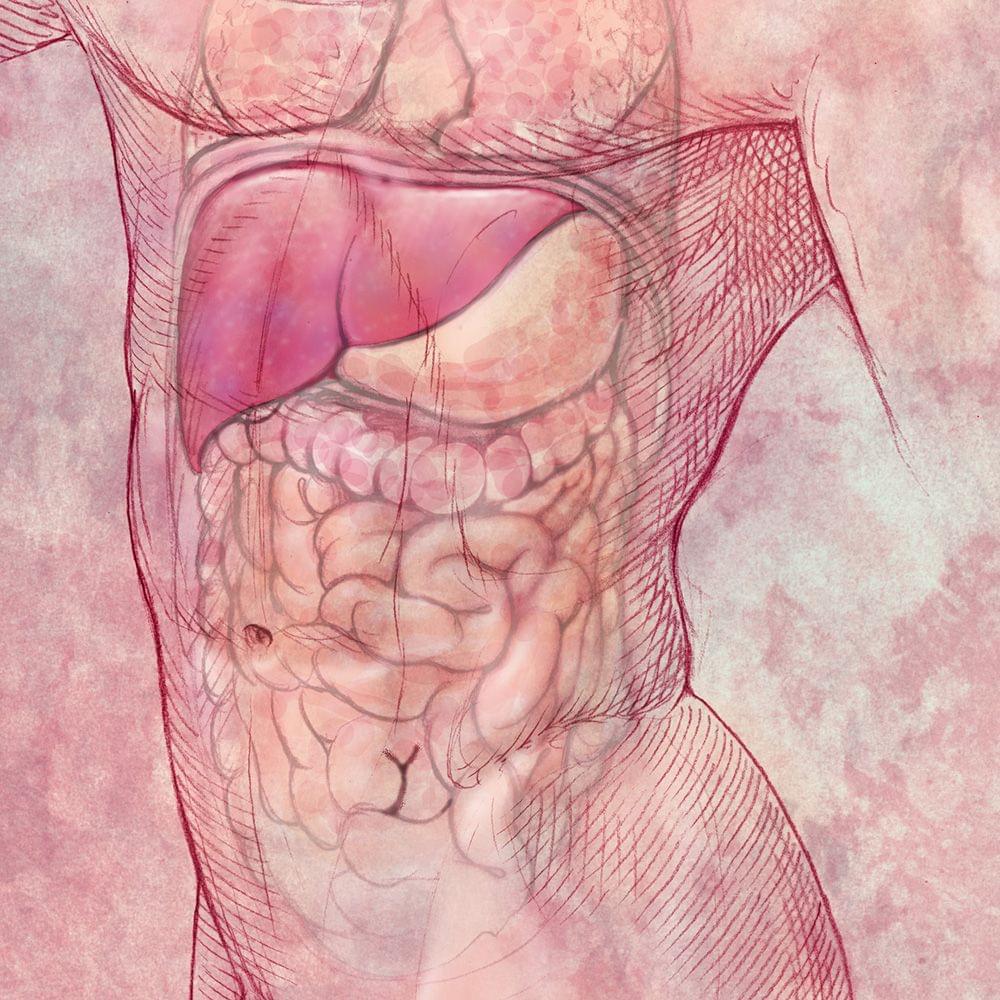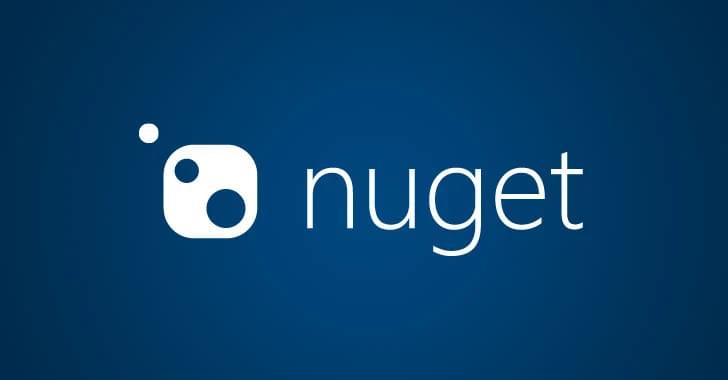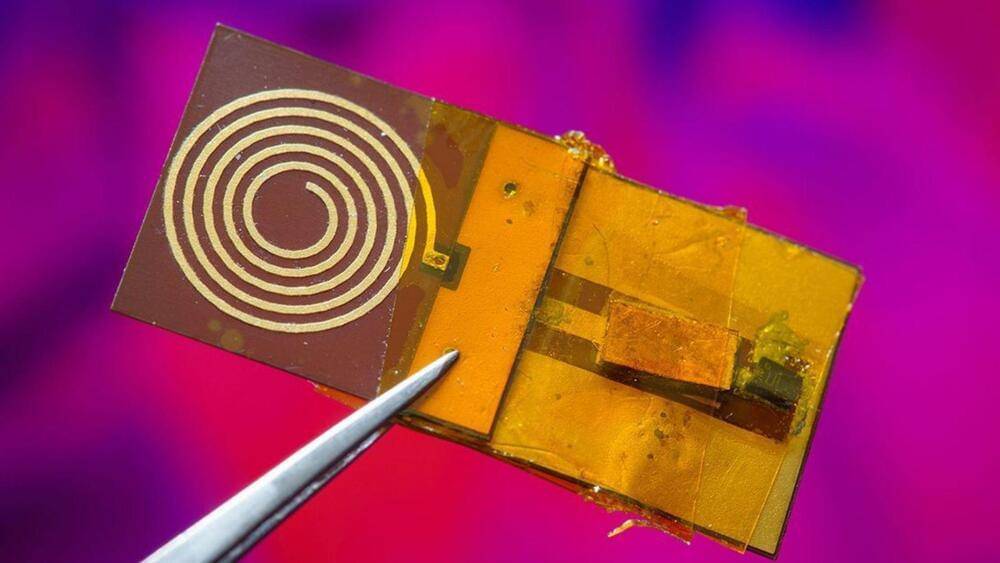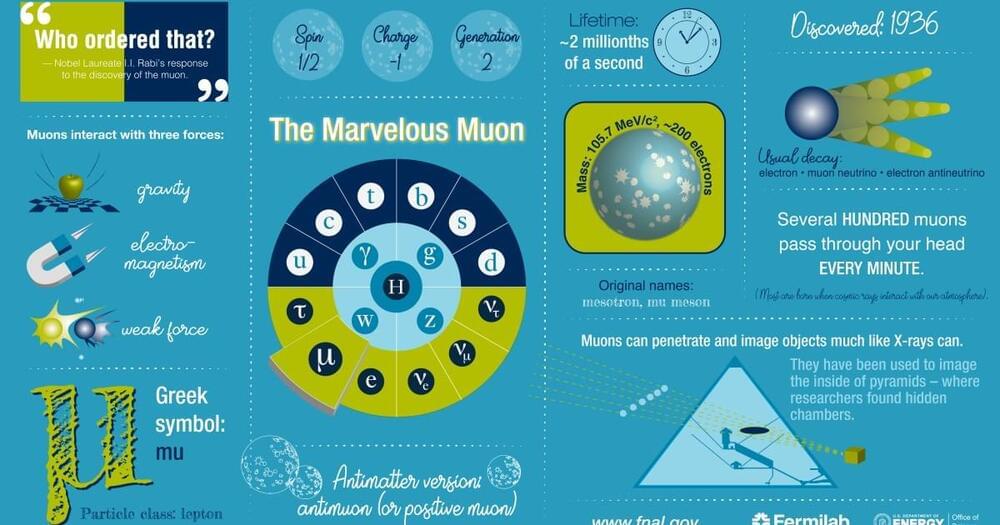Patients with advanced/metastatic non–human epidermal growth factor receptor 2 (HER2)-positive gastric/gastroesophageal junction cancer (GC/GEJC) or esophageal adenocarcinoma (EAC) and treated with Opdivo (nivolumab) and chemotherapy maintained their health-related quality of life (HRQoL) “with a reduced risk of definitive deterioration in disease-related and overall health status and without increased treatment-related symptom burden” when compared with patients treated with standalone chemotherapy, according to recent study findings.
Those findings, published in the Journal of Clinical Oncology, “can be helpful when counseling patients with advanced or metastatic GE/GEJC or EAC, providing reassurance that the benefits of adding (Opdivo) to chemotherapy extend not only to improved survival, but also to preservation of their quality of life and prolonged symptom control,” wrote Journal of Clinical Oncology associate editor, Dr. Andrew H. Ko, in a contextual commentary published alongside the study.
Analyzing patient-reported outcomes (PROs) from the phase 3 CheckMate 649 trial, researchers assessed 1,581 participants’ HRQoL via the EQ-5D and Functional Assessment of Cancer Therapy-Gastric (FACT-Ga) scales, including the FACT-General (FACT-G) and Gastric Cancer subscale (GaCS), with the FACT-G GP5 item used to assess treatment-related symptom burden, and studied longitudinal changes in HRQoL measured with mixed models for repeated measures in the PRO analysis population of 1,360 randomly assigned patients, researchers detailed, noting that they also conducted time to symptom or definitive deterioration analyses.








